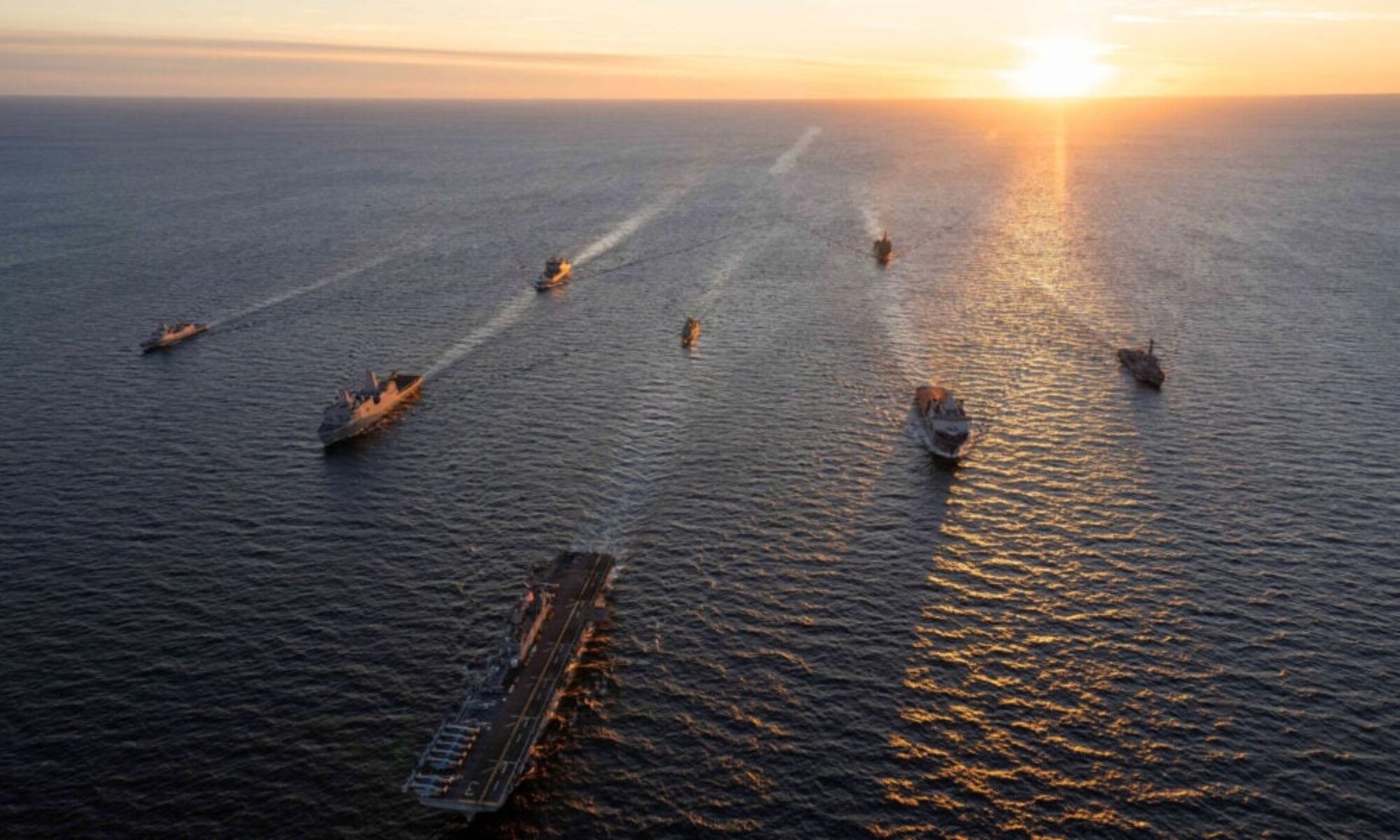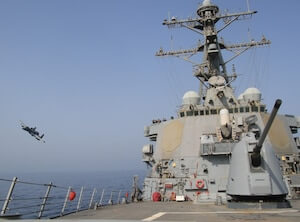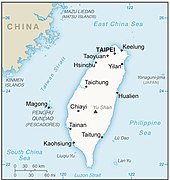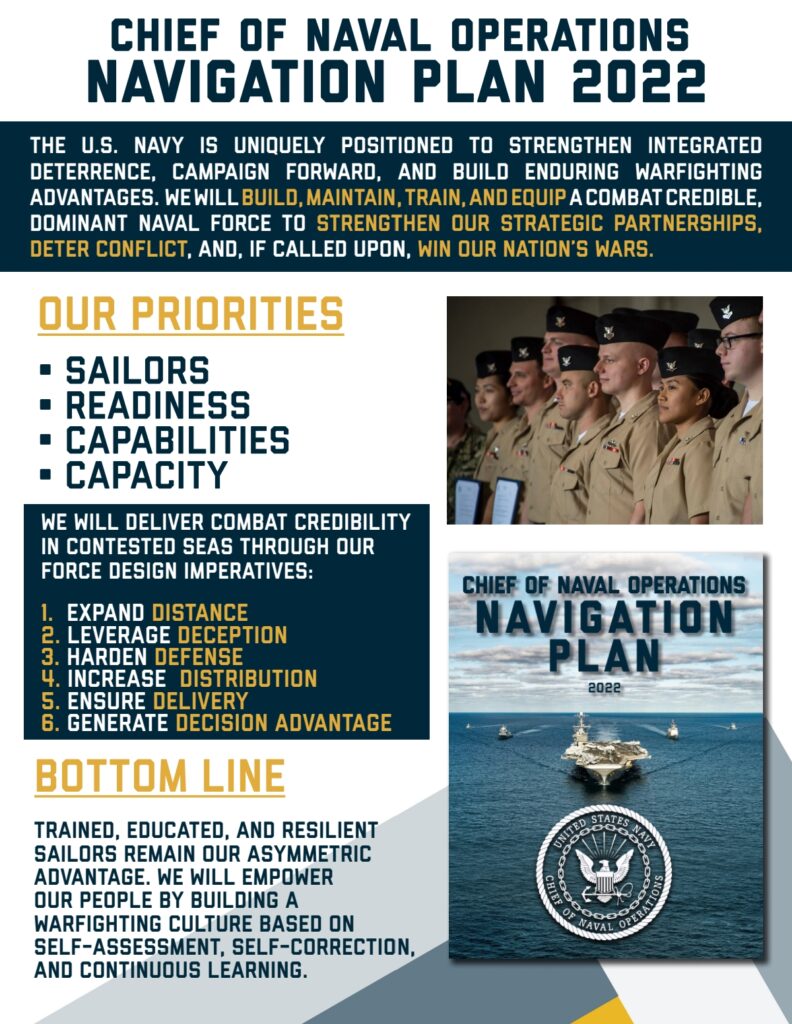
Segment: Navigating Naval Insights: The RAND Perspective and Our Vision for U.S. Naval Power
Editor’s Note: This segment is part of our ongoing series “From Depths to Skies: Exploring the Future Landscape of U.S. Naval Power.” We delve deep into various perspectives to understand and shape the future of the U.S. Navy. In this installment, we explore the insights provided by the RAND Corporation and how they align with our vision for a stronger naval presence.
Dear Members and Friends of Americans for a Stronger Navy,
Greetings to each and every one of you. As the founder of Americans for a Stronger Navy, it’s an immense honor and privilege to connect with a community so deeply committed to the strength and future of our Navy.
Each of you, whether serving, having served, or standing as a steadfast supporter from the civilian community, shares the profound belief that a robust and well-equipped Navy is the bedrock of our nation’s security and global influence.
The journey to establish Americans for a Stronger Navy was fueled by personal passion and driven by the countless stories of dedication and sacrifice I’ve encountered over the years. Our Navy’s resilience, innovation, and indomitable spirit have inspired this venture, and I feel a profound responsibility to champion its cause.
But this mission isn’t mine alone; it’s ours. Together, we can navigate the complexities of advocacy, foster understanding among our fellow Americans, and ensure our Navy receives the support and resources it rightly deserves.
As we embark on this shared journey, I want you to know that your insights, experiences, and dedication are the foundation of our collective efforts. I am eager to hear your stories, understand your concerns, and work hand-in-hand to champion the needs of our Navy.
Thank you for being an integral part of Americans for a Stronger Navy. Our strength lies in our unity, and together, we will ensure our Navy remains unmatched, now and for generations to come.
Best, Bill Cullifer, Founder, Americans for a Stronger Navy.
With our collective goals in mind:
“I’m excited to introduce the first installment of our series, “From Depths to Skies: Exploring the Future Landscape of U.S. Naval Power.”
Today’s commentary hails from the respected research institution, the RAND Corporation. Authored by experts Bradley Martin and Scott Savitz, this piece sheds light on some pressing issues our Navy is grappling with. I believe it’s crucial for all of us to understand these challenges to advocate more effectively for our Navy’s future.
Understanding the RAND Corporation and Its Importance to Americans:
Who is RAND Corporation?
- RAND Corporation is a non-profit global policy think tank established in 1948. It provides research and analysis in various areas, including defense, health, education, and more. Its mission is to improve policy and decision-making through research and analysis.
Why do they matter?
- Experts from RAND are known for their research rigor and objectivity. They dive deep into complex issues, offering nuanced insights based on solid evidence. In the realm of defense and the Navy, their commentaries and analyses are instrumental in guiding policy decisions and in shaping public perceptions.
Why should Americans care?
- When RAND speaks on defense matters, policymakers, and the defense community pay attention.
Analysis of the Recent RAND Commentary:
The commentary by Bradley Martin and Scott Savitz raises important issues for the Navy:
- Fleet Size & Configuration: The piece questions the Navy’s readiness for a diverse range of missions, from all-out conflict to low-level provocations, and raises concerns about the Navy’s force structure.
- Presence vs. Deterrence: A significant naval presence aids deterrence, but the optimal level of presence required for deterrence is yet to be determined.
- Unmanned Vessels: The Navy sees potential in unmanned assets to achieve a balanced force structure. But there are challenges in integration, and Congress remains skeptical about their effectiveness.
- Strategic Vision: The Navy needs a clearer strategic vision. Its day-to-day operations, while essential, may hinder long-term planning and readiness for future conflicts.
Why Should We Care?
The U.S. Navy’s decisions today will shape our ability to deter and, if necessary, win wars tomorrow. These decisions impact our national security, our global reputation, and our ability to safeguard American interests.
We owe our gratitude to Bradley Martin and Scott Savitz for sharing their insights. Their expertise gives us a deeper understanding of the challenges our Navy faces and the need for a well-informed advocacy.
Dive Deeper with ‘Charting the Course’:
As we explore the future landscape of the U.S. Naval Power, our journey doesn’t end here. The “Americans for a Stronger Navy” initiative is excited to announce our upcoming groundbreaking webinar series, ‘Charting the Course’. This series will dive deeper into the challenges and opportunities facing our Navy, from AI advancements to defense budgetary nuances.
Why ‘Charting the Course’?:
- Understand the potential of the “Replicator” initiative in AI system development.
- Navigate the intricate waters of budgetary challenges within the defense sector.
- Learn about the pivotal role of Naval strategy in global geopolitics.
- Grasp the steps ensuring a future-ready U.S. Navy
Join Us or Lend Your Voice:
Are you a specialist in national security, defense, or Navy-related topics? Or perhaps you have a unique perspective on any of our episode topics, ranging from rethinking traditional shipbuilding to the role of AI in naval warfare evolution? We invite you to lend your voice to our series. All episodes, underwritten by the Americans for a Stronger Navy, will debut on December 7, 2023, and will be accessible at StrongerNavy.org.
For interested speakers, please find more details and submit your credentials by clicking here. “Call for Speakers” . You can also reach out to us at strongernavydotorg AT gmail.com or on Twitter @StrongerNavy.
Final Call to Action: The future of American naval power is not just a topic for discussion—it’s a collaborative mission. Whether you’re an expert or an interested party, we urge you to participate. Let’s not only witness the future; let’s shape it together.
For a stronger Navy, for a stronger America.




